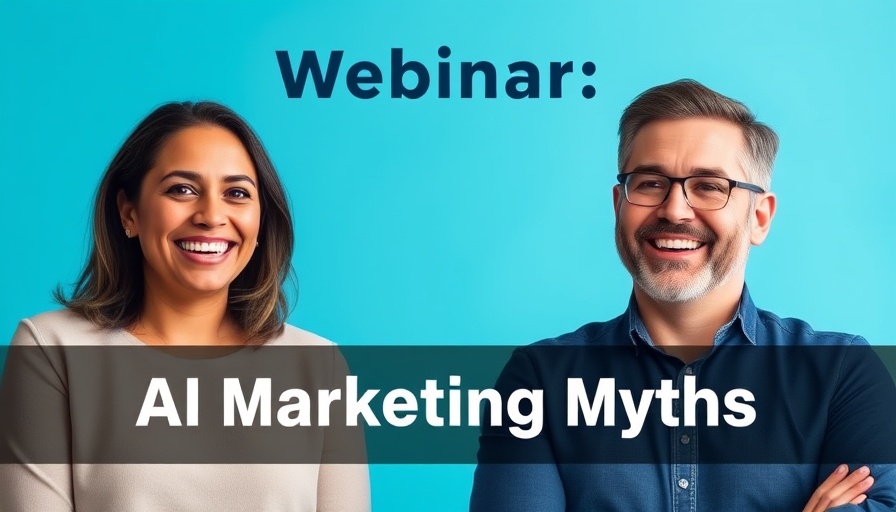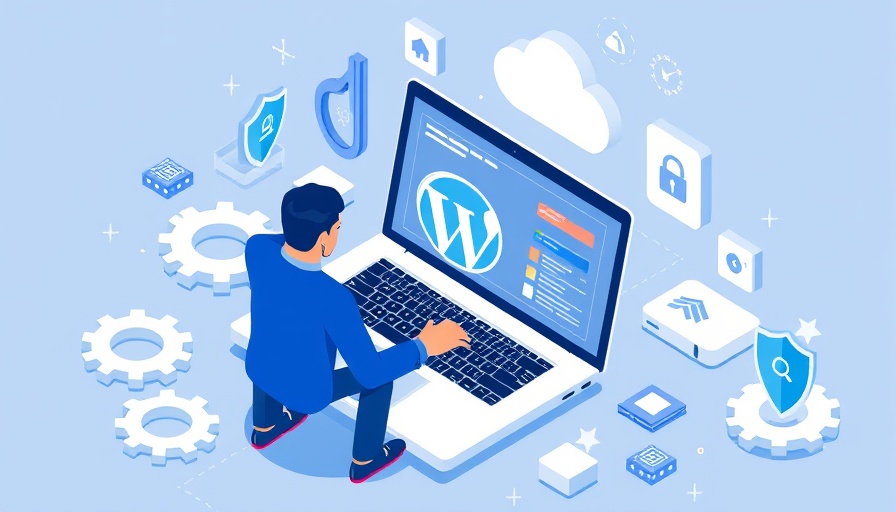
Meta Joins YouTube in a Crackdown on Unoriginal Content
In an unprecedented move, Meta has announced its commitment to reducing the dominance of unoriginal content on its platforms, particularly Facebook. This announcement coincides with a similar decision by YouTube aimed at curbing repetitive and mass-produced content. Together, these updates signal a significant shift in how leading social media platforms tackle the challenge of content originality.
Addressing Factories of Content
Both platforms are responding urgently to the emerging trend of content farms that profit from reposting others' work without adding valuable context or commentary. Meta disclosed that it has already taken notable action, removing around 10 million profiles that were impersonating large creators and targeting 500,000 accounts engaged in what they describe as 'spammy behavior or fake engagement.'
Defining Unoriginal Content
Meta and YouTube are clear about what constitutes unoriginal content: repetitive sharing of the same videos, images, or posts without meaningful alterations such as an original commentary, voiceover, or addition. In their blogs, they emphasize their commitment to celebrating unique voices and creativity rather than allowing content creators to drown in a sea of copycats. Creators will now have to demonstrate originality to enjoy monetization on Facebook; failure to do so may not only jeopardize their earnings but also their content’s visibility across the platform.
The Role of AI and Automation
While neither Meta nor YouTube has outright prohibited AI-generated content, their recent policies suggest a focus on minimizing low-quality automated material. The platforms encourage creators to infuse originality into their content, which implies that merely cutting together clips or relying heavily on automation won't suffice. YouTube has explicitly stated creators may utilize AI tools as long as the final product is enriched with original insights and educational value, while Meta advocates for authentic storytelling.
Implications for Content Creators
For those engaged in creating content, this shift eliminates a significant layer of competition from spammy, low-effort accounts. Creators who concentrate on reaction videos, commentary, and meaningful curation are likely to thrive. They can expect to see their content gaining better visibility as unoriginal accounts diminish and audiences increasingly prioritize authentic and engaging content.
Looking Ahead: The Future of Content Creation
As both platforms continue to adjust their policies, creators must keep abreast of these changes and align their strategies accordingly. Focusing on originality not only adheres to these new guidelines but also fosters an innovative community where unique perspectives are valued. The future of technology and content creation looks to be heading towards a more authentic landscape, where the value of original thought reigns supreme.
 Add Row
Add Row  Add
Add 




Write A Comment